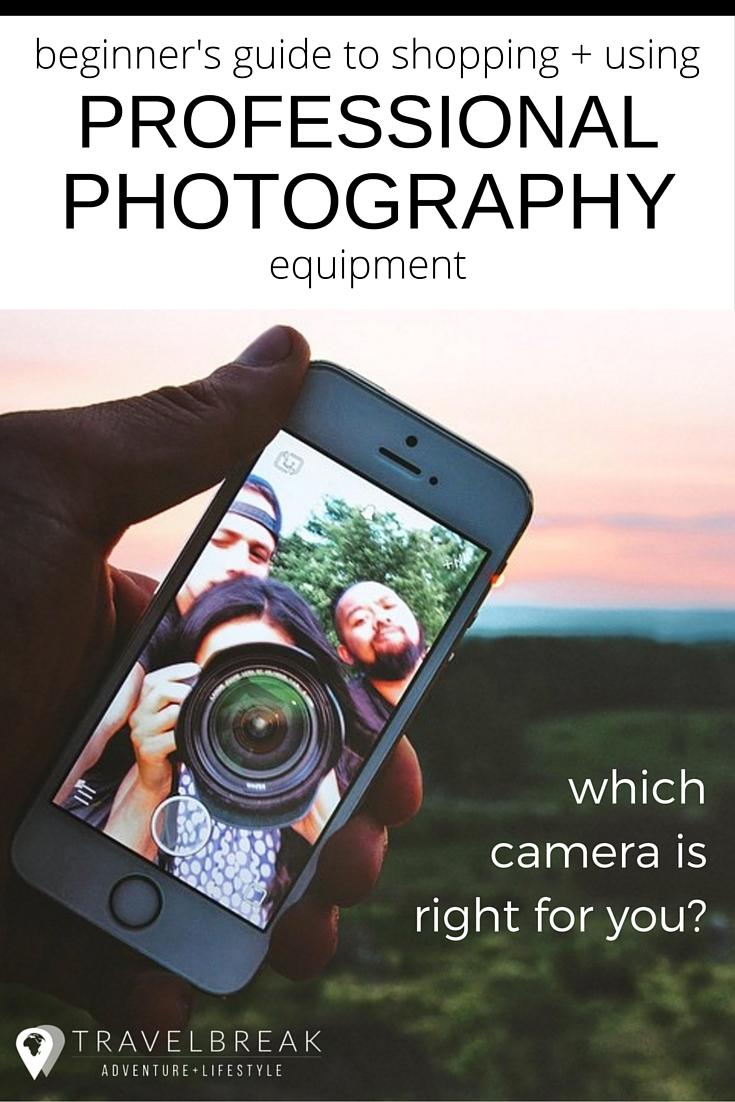
Wanna shoot? Me too. But what’s the best photography equipment?
I spent the last year traveling solo, meeting people through social media — largely, through Instagram. A visual platform, we’re pretty much guaranteed to have something in common (photography).
I met people with various styles and equipment and made the transition into purchasing my first DSLR.
Are you looking to taking incredible travel photos too? Which camera body is right for you? Which camera lens is right for you? An overview on my comparative knowledge based on both research, and meeting different types of professional photographers.
PLUS a hack on where to get the best deal.
Introduction to DSLR Photography
If you’re interested in getting past iPhone selfies, know the DSLR basics.
A DSLR camera is made up of a camera body and camera lens.
What is a camera body? Photography FAQsClick To Tweet
A camera body controls:
- FPS Shooting Speeds (important for sports and bursts)
- ISO Range (exposure control)
- Built in WiFi (optional)
- Display Screen (optional)
- Full Frame vs. Cropped Frame (how much of what you see fits into the photo frame)
- Built in GPS (optional)
- Range of Auto-Focus Points
- Flash (included or separate)
What does a camera lens do? Photography FAQsClick To Tweet
It basically makes shooting a specific type of photography style easier (or even possible). A camera lens controls the following:
- Focal length (ability to zoom/ crop of your photo)
- Aperture (what you’re focusing on — essentially, when something is blurry and when something is sharply in focus)
- Compatibility to your camera body: lens mount and different size sensors
Starter tips for purchasing a camera + lens:
FYI, as long as you have the same camera body (brand), you can swap lens with friends.
If you really had to choose between investing more in a body or in a lens, it’s the lens that makes the bigger difference.
No matter what equipment you purchase, get the guarantee and insurance.
You can buy packages instead of purchasing it separately (see end of article).
Which Camera Body is Right for You?
So many to choose from! Camera bodies have different strengths and weaknesses.
Canon 70D:You’re interested in wifi and video (in addition to spectacular photography).
I currently shoot with a Canon 70D.
I chose the 70D because it’s great for video (it has a stabilizer). If you’re moving, your video and photos are less shaky. Because I was unsure if I would transition into vlogging, the Canon 70d seemed right for me. It does well with night photography and it’s in the mid-price range. I also love that the built in Wifi allows me to send photos from my Canon to my iPhone without a computer or Wifi — great for Instagram and social media.
Canon70D has that awesome moveable screen + built in flash.
- Built in Wifi + Remote Shooting (it’s an app you download to your smart phone)
- Touch Screen / Display Screen
- Built in Flash
- Built in GPS
- Cropped Lens
- ISO 100 – 12,800
- APS-C 337.5mm2
- 20.2 megapixels
- Full time continuous auto focus
The absolute biggest difference between the 70D and 6D is the cropped sensor. This means your photos won’t the same wide effect. You can compensate for this by pairing it with a wider lens, which won’t reach as wide as a full frame + wide lens. However, you can get pretty wide, and the cost difference (especially because of the accessories) is a big chunk of change.
Canon 6D: You want perfect night images.
My friend Taylor Burk shoots with a Canon 6D, also priced in the mid-range, but with a little better focus on night photography, and slightly less emphasis on video (it doesn’t have the same stabilizing power). Please note, I didn’t see a huge a difference in the capacities of the cameras. The Canon 6D definitely takes better quality photos than the 70D, but if you really know how to use a camera and you really know photo editing, you can get pretty close to the quality of a 6D.
The greatest difference in mine and Taylor’s photography is his mad skills… and his wider lenses. With the Canon 6D, you do have better quality photos, but you have to buy some things separately.
Summary of Canon 6D Features:
- Built in Wifi + Remote Shooting (it’s an app you download to your smart phone)
- No Touch Screen / Display Screen
- Flash must be purchased separately
- Built in GPS
- Full frame lens (that’s how you get wow landscapes in a single shot)
- Native ISO 100 – 25,600 (this is why the night photography is better)
- APS-C 337.5mm2
- 20.2 megapixels
Canon 5 Mark iv: You’re taking it seriously and can afford it.
The Canon 5 Mark iv comes at a higher price range than the 6D and 70D. It’s a rockstar professional camera with both incredible image quality and video. However, you have to pay a little extra for a lot of what could be basic features (Wifi + Flash)
- Built in Wifi
- No Remote Shooting (must be purchased separately)
- No Built in Flash (must be purchased separately)
- No Built in GPS
- Full frame lens (that’s how you get wow landscapes in a single shot)
- 3.2 inch LCD is said to be more color accurate than Nikon’s top cameras
- Native ISO 100 – 25600, Range with 50 – 102,800 expansion (this is why the night photography is better)
- 35mm 864.0mm2
- 23.3 Megapixels
- 6 frames per second continuous shooting (best for action shots)
- 1080p HD video recording with manual controls
- Great Auto Focus: 61 Point AF
- Dual Memory Card Slots
- Custom File Names
- Copyright and Shooter Embedded Info
Which camera lens is right for you?
In short, a lens controls the depth and width of your photos. Like in this photo, the champagne glasses are sharp, and the background landscape is blurry. I did this with my camera lens.
https://www.instagram.com/p/6_RVlnOs1E/
CAMERA LENS FUNCTIONS
1. The focal length = how much you’ll fit in a photo aka “field of view.”
- The photo’s focal length = the focal length of your lens + the cropped or full sensor of the camera body. So if you have a standard lens, but a cropped camera body, you’ll have a more cropped photo than a standard lens with a full-width sensor.
- The focal length is measure in millimeters.
- Lower number = Shorter focal length = wide angle (fits more scenery into the photo)
- Higher number= Longer focal length = photos “telephotos” (magnify a photo, used for details)
- Ideal portrait focal length is 85 – 135 mm
- A cropped sensor (determined by your camera body) = more zoomed in or cropped photos
- A full width sensor (determined by your camera body) = wider photos: 50 mm
- About the same view as normal eyesight
- Lens can be a “fixed” focal length or “zoom” lenses (which let you change the focal length)
- A camera body can offer different “auto” options for focal points.
2. The Power of Light + Depth: Aperture
- Aperture = how much light a lens can gather
- More aperture = more light gathering ability
- Aperture = F-number or focal ratio
- Example of how to show aperture:
- F/2.8
- F 2.8
- 1:2.8
- Example of how to show aperture:
- More aperture means = better photos in lower light setting
- Largest maximum aperture is expressed with the lowest numbers, so the lower the number, the more power a lens has to gather light (I know, it’s confusing).
https://www.instagram.com/p/9m9ligusw8/
Aperture also affects the depth of field.
- A lower aperture number gives you that blur + focus look (shown below)
- The highest aperture number keeps the entire image focused evenly
Aperture Cheat sheet via PetaPixel.
CAMERA LENSES
Wide Angle Lens
- Shorter focal length 25-35
- Lesser depth of field
- Great for: landscapes, big groups of people, portraits within a big space
You could get a fixed 35mm Canon Wide Angle Lens. However, I’d get a lens with a zoom that offers both ultra wide and wide angles, like the last one, or this one:
Canon EF 16-35mm f/2.8L ll USM Zoom Lens: while the 16-35mm gives you the wide range, the f 2.8 allows you to do some portrait-like things.
https://www.instagram.com/p/6yeA7Fus6j/
Standard Zoom Lens
- Medium focal length (about 35-70mm)
- Good balance for portraits and landscapes although you often won’t be able to get a whole city scape landscape, or the inside of a building in a single shot (you will however get most of it)
I think that if you’re going to get a standard lens, you may as well get the zoom lens that allows both standard or macro photos. Try the Canon 24-70mm f2.8 ii.
https://www.instagram.com/p/BBwKsomOsy6/
Telephoto + Macro Lens
- Shortest focal length 70-135 mm, 40-200mm
- Greatest depth of field (most shallow depth of field)
- Great for: portraits and lifestyle details such as fashion, food, and animals
Check out the Canon EF 70-200 mm.
https://www.instagram.com/p/BB32szvOs7v/
PURCHASE A COMBO TO SAVE
What I didn’t know when I bought my camera and lens, is that Amazon sells packages and pairings that save you a couple hundred bucks to several hundred dollars.
I suggest first time buyers get a starter kit.
Canon 6D + Mega Bundle (No Lens)
PHOTOGRAPHY TUTORS
There are a lot of people that I would like to thank for teaching me photography. If you’re ever looking for an a one-on-one photography instructor, I know someone in like every city! Seriously, I’ve met some of the most amazing photographers around the world. Shoot me an email for business enquiries, and I’ll shoot it to anyone I know in your city StephanieBe@TravelBreak.net
In particular, I’d like to thank the following photographers for really getting technical with my:
- @TheSamGraves (SF + travel)
- @TaylorMichaelBurk (Alberta +travel)
- @StephenSkis (Seattle + travel)
- @SeanParkerPhotography (Arizona + travel)
- @ASenseofHuber (Los Angels + travel)
- @RossCockrell (L.A. + travel)
- @Witness_X (Miami + travel)
- @Elliotliss (Atalanta + travel)
- @Maxgrudz (Philadelphia + travel)
Cover photo collaboration with @CaulinGrant who I shot with in Pennsylvania. He’s also an incredible instructor.
Want more Best Photography Equipment tips?
Sign up for our newsletter for an upcoming post on the best photography accessories.

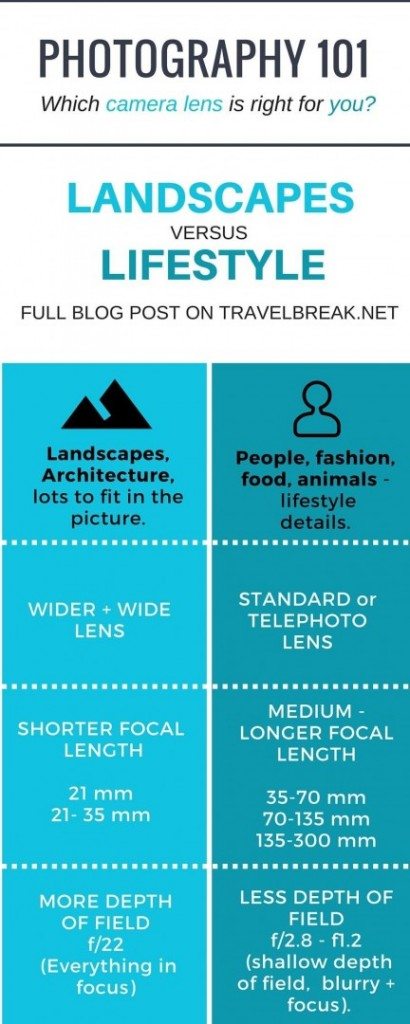
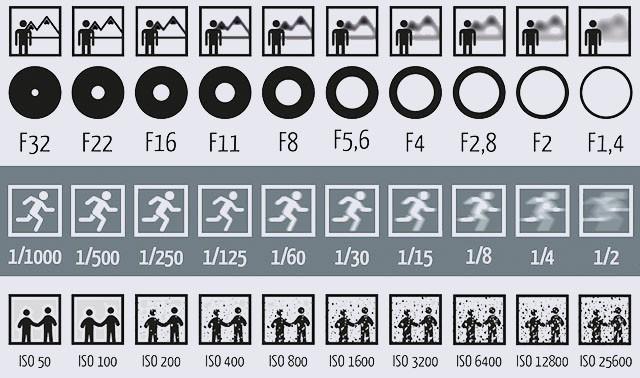
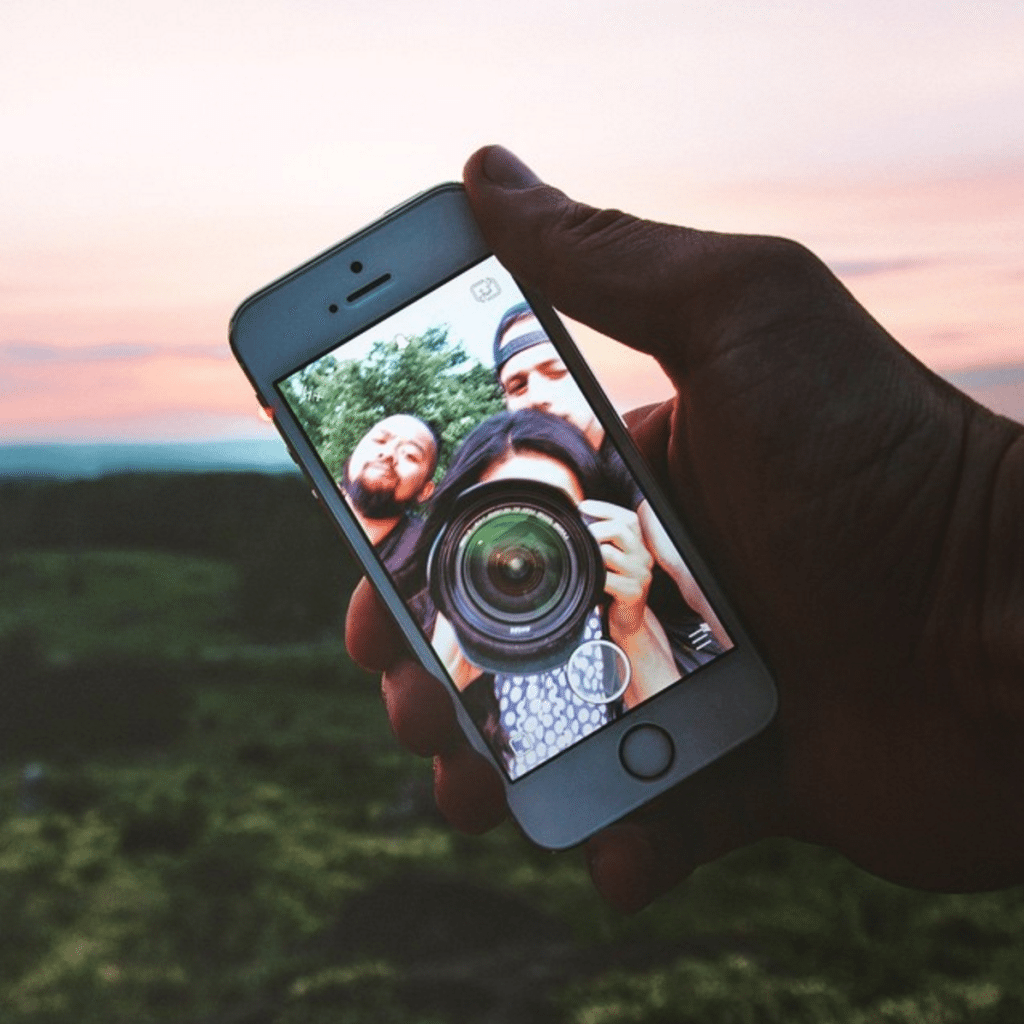



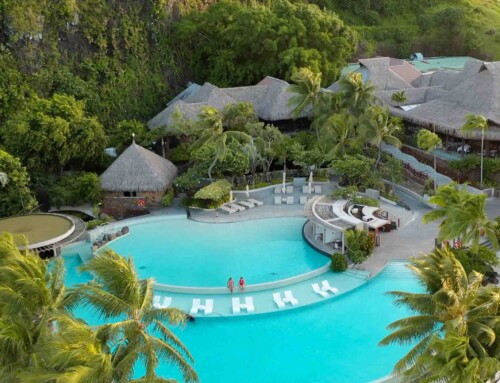
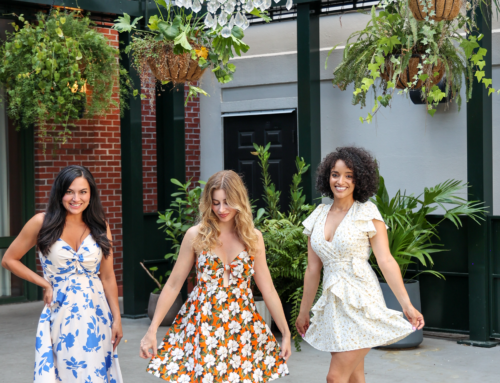
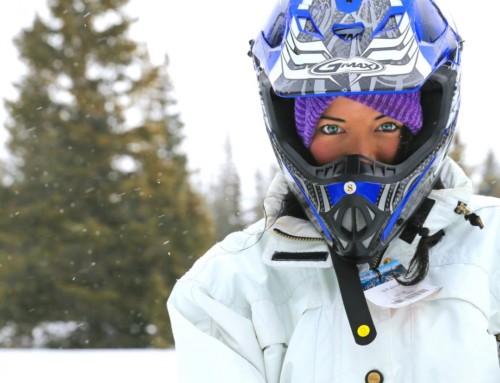
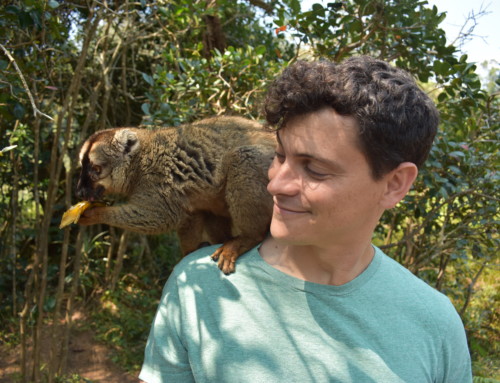
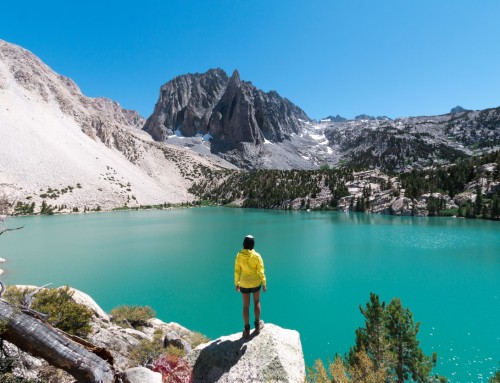
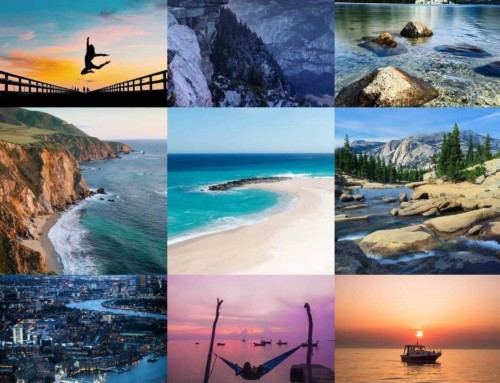
Great article!
There isn’t a class of lenses called mirrorless. There are only mirrorless cameras. Digital camera lenses work on mirrorless cameras. Mirrorless = body type not a lens type.
Just dont want to confuse the noobs
Thanks, I’ll clear that up!
As a beginner photographer, This guide is incredibly comprehensive. Thank you for sharing!